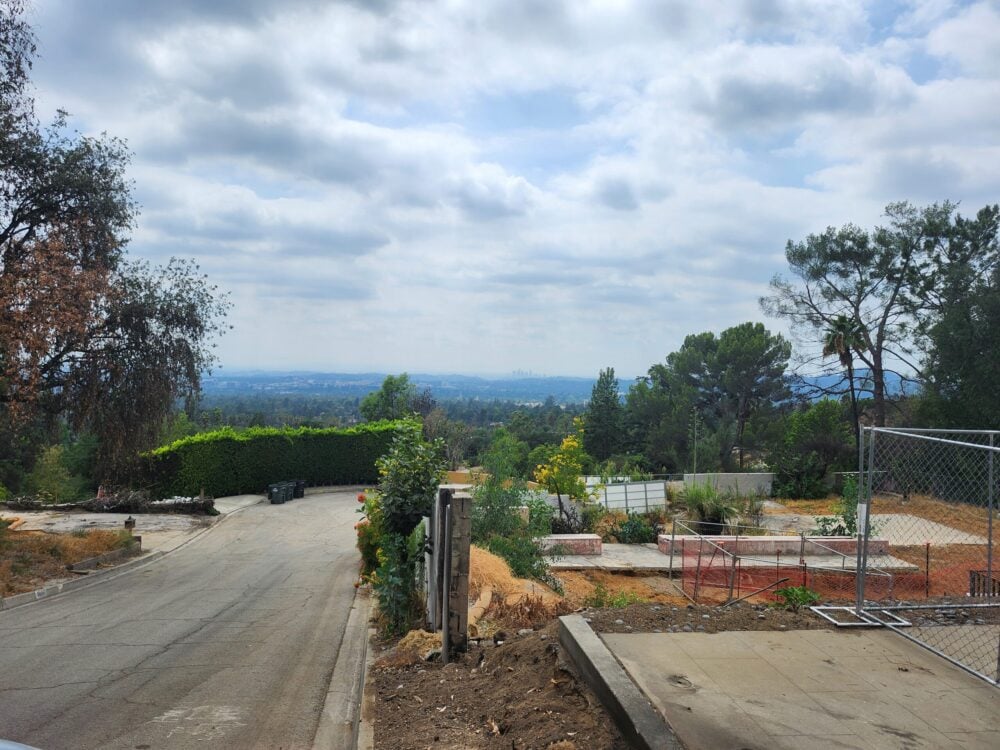
Lab Report: Climate Change in the Garden

Contributor
- Topics: Garden Futurist, Growing for Biodiversity
Fall 2025
The “Lab Report” column features a review of recent studies that are relevant to gardeners, designers, and horticulturists in the West. For this column, we reviewed three studies that illustrate the ubiquitous and diverse impacts of climate change in our gardens. Gardeners might not notice some of these effects, such as the negative impacts of warm winters on bumble bees or unanticipated loss of fertilizer nutrients from the soil. However, shifts in the timing of seasonal cycles, known as phenology, will likely only become more apparent.
Plant phenological shifts in the Pacific Northwest: El Niño or climate change?
In the Pacific Northwest, natural cycles of El Niño (warmer years) are followed by a La Niña period (cooler years), resulting in fairly large swings in regional climates. Coupled with the fact that the Pacific Northwest has experienced comparatively modest temperature increases of 1.5 °F (0.8 °C) over the last century, it can be difficult to disentangle human-mediated shifts in plant phenology from natural climate cycles.
This study (Archer et al. 2025) took advantage of the fact that Wilbur Bluhm, a retired Oregon State University horticulture professor and extension agent, kept regular records of plant phenological transitions at three sites in Salem, Oregon—Bush Pasture Park, Oregon Capitol Grounds, and the Willamette University campus—from 1958 through 2016. Wilbur recently passed away in September 2025, but the data set he so carefully stewarded leaves a rich legacy for our region.
To gather data, Dr. Bluhm walked a set route through each site two times each week, and recorded date of first bud break, date of first flower, and date of first fall color for a total of 607 plant species, nearly all of which were ornamental plants. This 58-year plant phenology dataset covered multiple El Niño and La Niña cycles, including time periods when these natural cycles exhibited stronger or weaker influence on local climate.
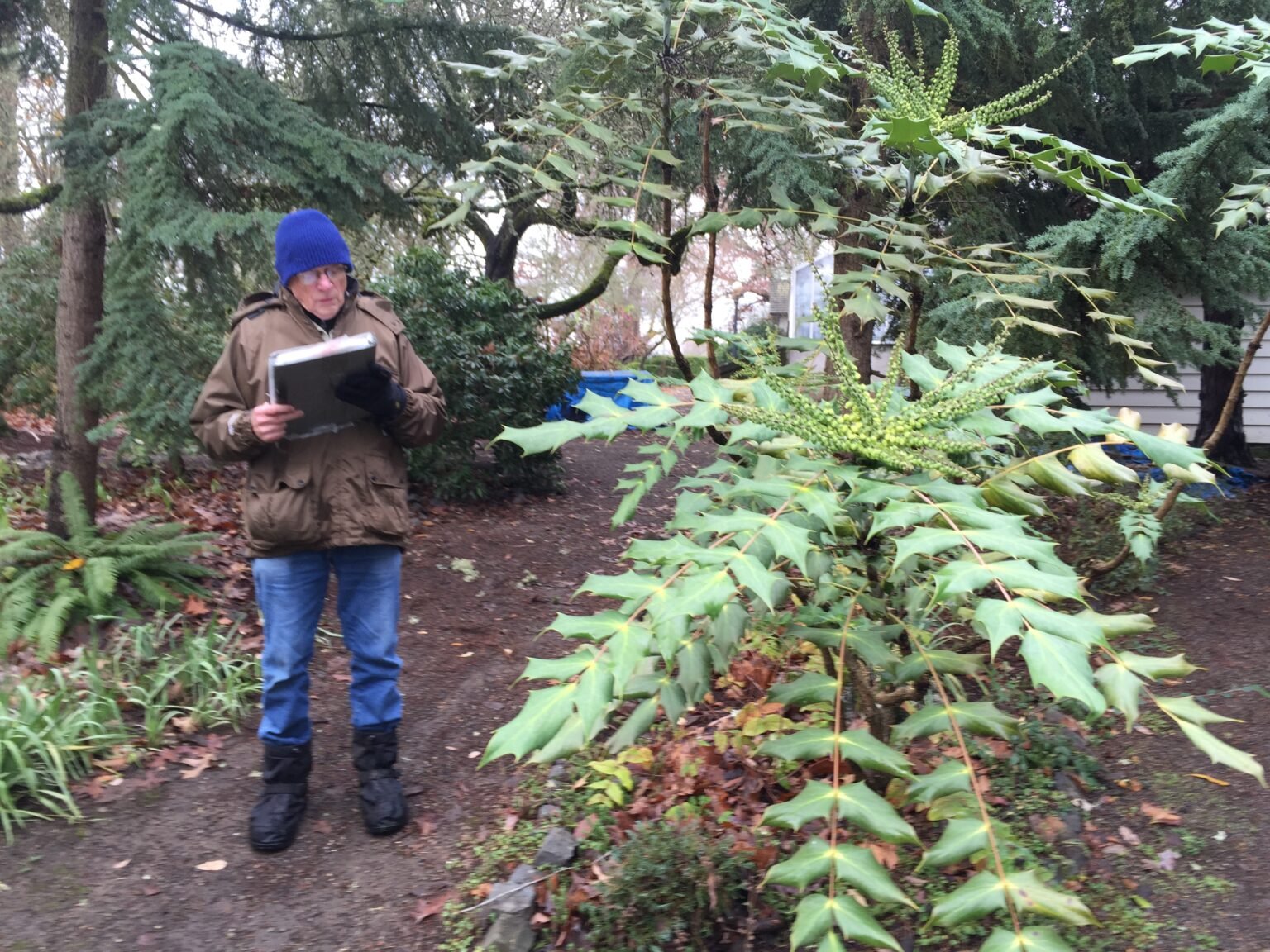
The researchers used monthly temperature data from a nearby climate station belonging to the National Oceanic and Atmospheric Administration. By comparing time periods when El Niño and La Niña were strong versus weak, they could disentangle the influence of natural climate cycles from human-mediated shifts in plant phenology.
They found that more than 87 percent of plants leafed out earlier (2.6 days earlier, per decade), 80 percent flowered earlier (2.5 days), and 84 percent showed fall color earlier (10.6 days). They suggested that summer drought strongly influenced the large shift in fall leaf color, as plants move towards dormancy quicker when summer conditions are stressful. When partitioning the influence of natural climate cycles from human-mediated change, the researchers found that El Niño and La Niña explained 28 percent of the variation in the data, and that human-mediated change explained 31 percent.
Thus, even in the relatively moderate climate of the Pacific Northwest, in settings where plants were at least partially managed and irrigated by landscape crews, anthropogenic temperature increases played a major role in shaping the phenology of ornamental plants and landscapes.
Bumble bee queens challenged by warm winters and wet summers
Bumble bee species, with few exceptions, are best adapted to cool or cold climates, which makes them particularly vulnerable to increasing temperatures associated with climate change. In this experiment (Lindh et al. 2018), researchers caught spring-emerging bumble bee queens over a 13-year period in cities in northern Switzerland.
Researchers brought the queens back into the lab, where they measured each bee’s body mass and parasite load. They housed the queens in the lab in artificial colony boxes and followed their survival and reproduction over time. Together, these four variables provided an overall assessment of bumble bee queen health.
The researchers used weather station data from the Swiss Federal Office of Meteorology and Climatology to test the impacts of weather on queen health. In general, queens that experienced wet years when they were immature larvae suffered negative impacts on these four measurements of health: lower body mass, increased infection risk, higher mortality as queens, and lower reproduction. This is likely because wet conditions reduced foraging opportunities for the workers that were feeding the developing queens, as well as the fact that wet conditions favor parasites.

The impacts of warmer temperatures were somewhat more complicated and depended upon the time of year that warmer temperatures occurred. Warm winters, for example, resulted in smaller queens emerging in the spring. Researchers suggest that warm winter temperatures interrupt queen diapause (insect “hibernation”). When insects leave diapause, their metabolic rate increases, which means that overwintering queens are drawing down their fat stores. However, when late summers were warm and dry, queen survival and reproduction improved, likely because these bees were able to extend their foraging activities beyond what is typical.
The researchers suggest that one way to mitigate the negative impacts of changing climate on bumble bees is to provide more floral resources during crucial periods of bumble bee colony development: early spring and late summer. Doing so may buffer bees from nutritional stress that might otherwise occur when they burn through energy reserves in early spring or have fewer forage options later in the season. Luckily, it is rarely difficult to convince gardeners to plant more flowers!
Extreme heat promotes excessive release and leaching of fertilizer nutrients
This study (Nackley et al. 2023) was originally intended to see if aerial drones and computer vision could help identify differences in plant health. The researchers grew three woody plants Red Sunset red maple (Acer rubrum ‘Franksred’), Campfire rose (Rosa ‘Campfire’), and compact burning bush (Euonymus alatus ‘Compactus’). They grew each species with six different fertilizer rates (0, 20, 40, 60, 80, and 100 percent), where the 100 percent treatment represented the manufacturer’s recommended rate.
For their fertilizer, they used controlled release fertilizers (CRF), where fertilizer granules are encapsulated in polymers that slow fertilizer release, based in part on soil temperatures. Temperature-sensitive CRFs are often viewed as an environmentally friendly fertilizer option because they release nutrients in relation to plant growth patterns. For example, fewer nutrients are released in the cooler temperatures of spring, when young plants might be burned by heavy nutrient additions. Compared to unencapsulated fertilizers, CRFs also minimize nitrogen leaching into waterways and volatilization into the atmosphere.
Researchers planted rooted cuttings on April 6, 2021, at Oregon State University’s North Willamette Research and Extension Center in Aurora, Oregon. The researchers initiated fertilization treatments on May 4.
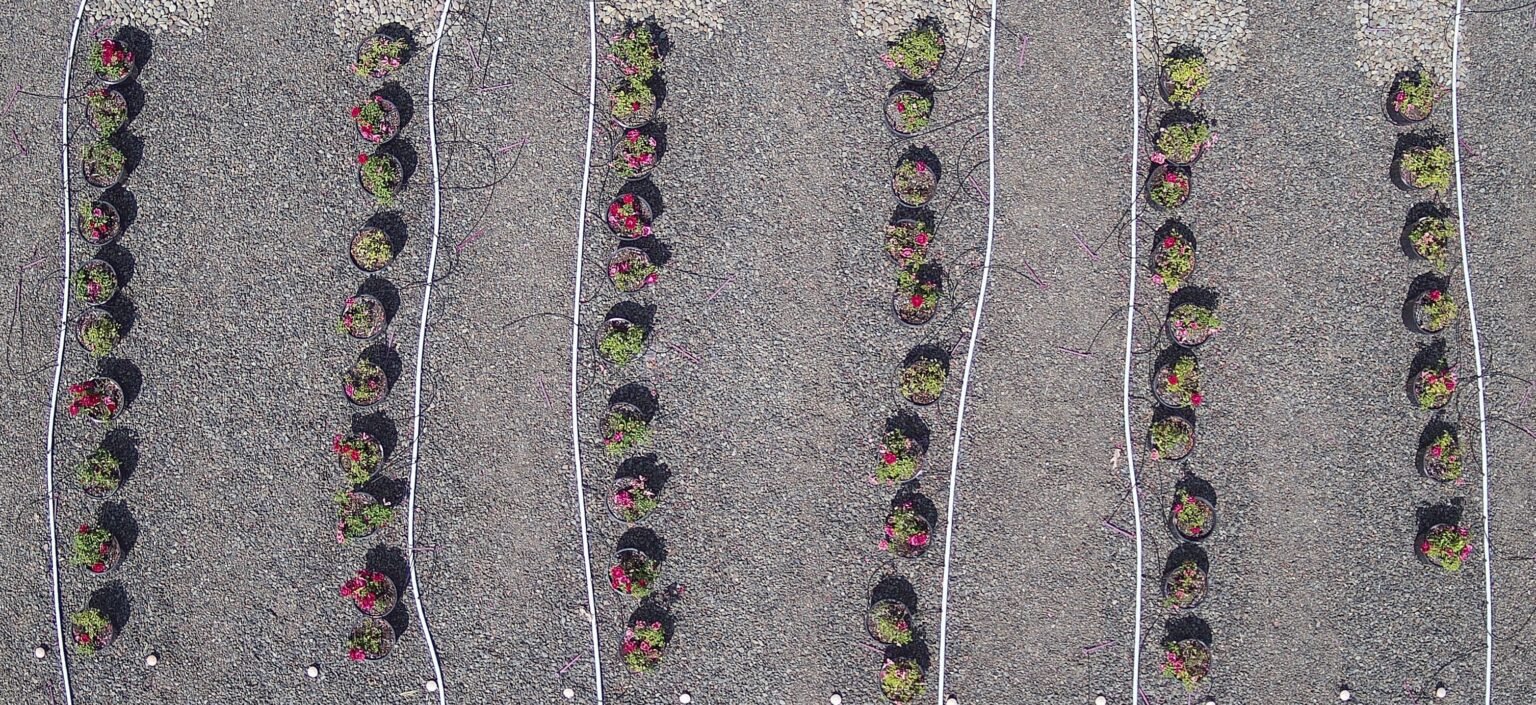
Soon thereafter, the Willamette Valley experienced a heat dome event from June 23 to June 29 that elevated temperatures to as high as 113 °F (45 °C), which is at least 20 °F (12 °C) above average. Although the researchers expected to see differences in plant growth, based upon the fertilizer rates applied, they were surprised to see no difference among plants. Luckily, they were irrigating plants on a standard schedule, and collecting leachate on a weekly basis, which they analyzed for nitrate, ammonium, and other chemicals.
After analyzing the leachate, they realized there was no difference in plant health or vigor, because the CRF nutrients were not slowly releasing over time. The heat dome triggered a massive release of CRF nutrients in a short period of time, bringing nitrate and ammonium levels in the leachate to 70–80 ppm and 8–9 ppm, respectively, in the 80 percent and 100 percent treatments. The fertilizers were thus washed out of the experimental containers, at levels that would be considered polluting to local waterways or hazardous for drinking water in local wells.
As extreme heat events become more common in many parts of the country, the fate of synthetic fertilizers and pesticides is an area of research that has received relatively little attention from manufacturers, or researchers, or the public. This serendipitous experiment suggests that extreme temperature swings may increase off-site movement of nutrients into the surrounding environment, and that manufacturer’s suggested application rates might need to be adjusted for changing and variable climate conditions.
Read the Last Lab Report Next:
Lab Report: Meet the Garden Ecology Lab
By: Dr. Gail Langellotto
we found that specialist bees were less common than expected. Specialists collect pollen from a narrow range of plants, whereas generalists are much less picky. On a global basis, 30 percent of all bees are specialists, but only 13 percent of garden bees are in this category. This suggests that gardens lack the plants required by specialist bees, and that gardeners can increase local bee biodiversity via informed plant choices. >>Read Now
Resources
Gardeners who want to contribute to a better understanding of the fine-scale impacts of climate change in communities can participate in community science efforts, such as Budburst or Community Collaborative Rain, Hail & Snow Network. Community scientists, including many gardeners, contribute essential data related to plant phenology (via Budburst) or local precipitation (via CoCoRaHS), that help to fill in data gaps and refine existing climate and ecological models.
Archer, C. Ruth, Paul Schmid-Hempel, Regula Schmid-Hempel, and Lena Wilfert. 2025. “Complex effects of climatic variation on bumblebee queen fitness.” Journal of Animal Ecology, ahead of print, September 19, 2025.
Lindh, Briana C., Kees A. McGahan, and Wilbur L. Bluhm. 2018. “Changes in urban plant phenology in the Pacific Northwest from 1959 to 2016: anthropogenic warming and natural oscillation.” International Journal of Biometeorology, 62(9), 1675–1684.
Nackley, Lloyd, Dalyn McCauley, and Carolyn Scagel. 2023. “Hot mess: Heatwave effects on controlled-release fertilizer.” HortScience, 58(11), 1459–1460.


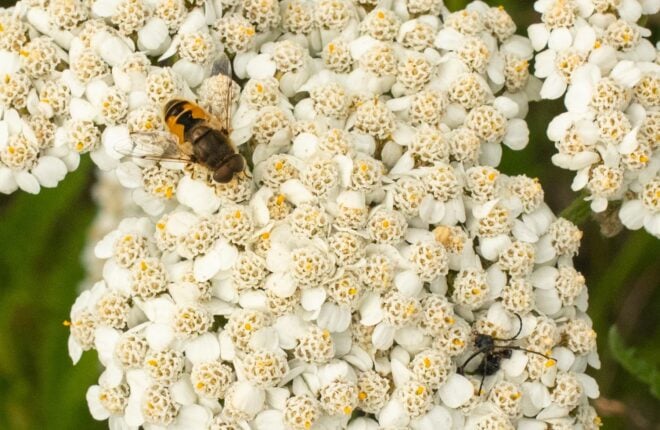





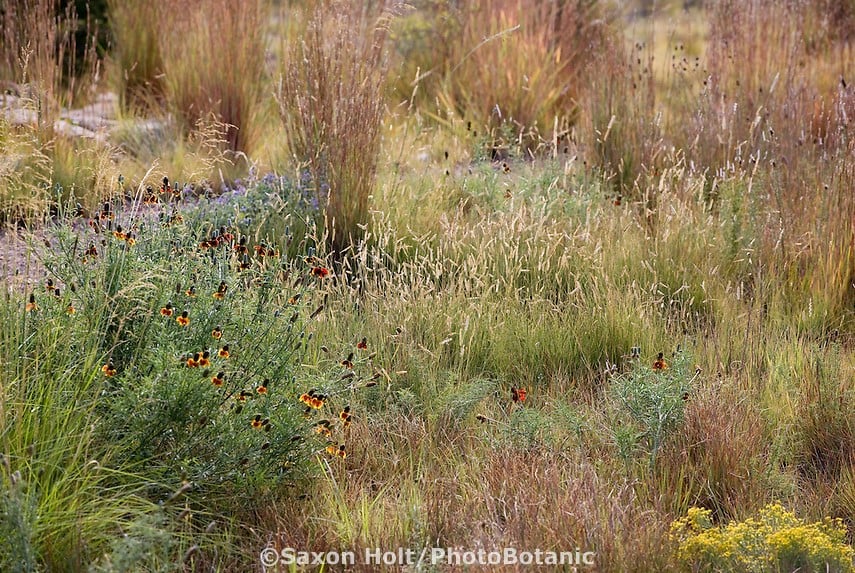

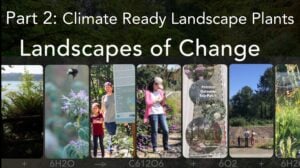

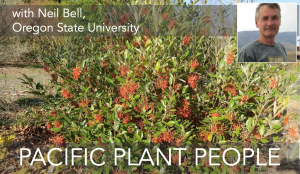
Responses